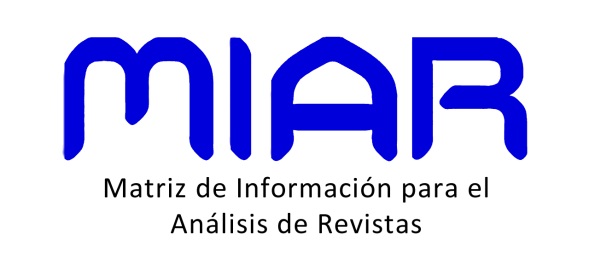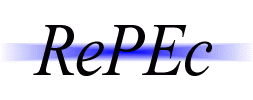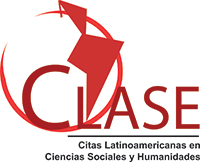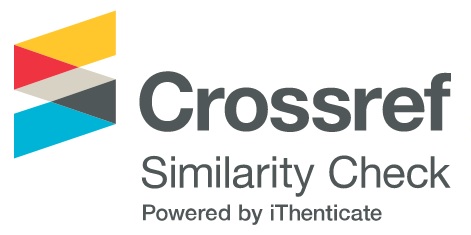Unsticking the flypaper effect using distortionary taxation
Keywords:
tasas impositivas, impuestos distorsionantes, congestión de bienes públicosAbstract
The flypaper effect is a widely-documented puzzle whereby the propensity of subnational governmental units to spend out of unconditional transfers is higher than the propensity to spend out of private income. Building on previous insights in the literature that rationalize this puzzle using costly taxation, we develop a simple optimal fiscal policymodel with distortionary taxation that generates two novel and testable implications: (i) there should be a positive association between the degree of the flypaper effect and the level of the tax rate, and (ii) the flypaper effect should be larger the lower the elasticity of substitution between private and public spending and, in fact, should vanish for very high degrees of substitution. We show that these hypotheses hold for argentinean provinces and brazilian states.
Downloads
Metrics
Downloads
Published
How to Cite
Issue
Section
License
The material published in the journal is distributed under a Creative Commons Attribution-NonCommercial-NoDerivatives 4.0 International (CC BY-NC-ND 4.0) license. This license requires proper credit to be given, a link to the license to be provided, and changes to be indicated. It does not permit commercial use of the work, and if the work is remixed, transformed, or otherwise modified, distribution of such modification is not allowed.





























